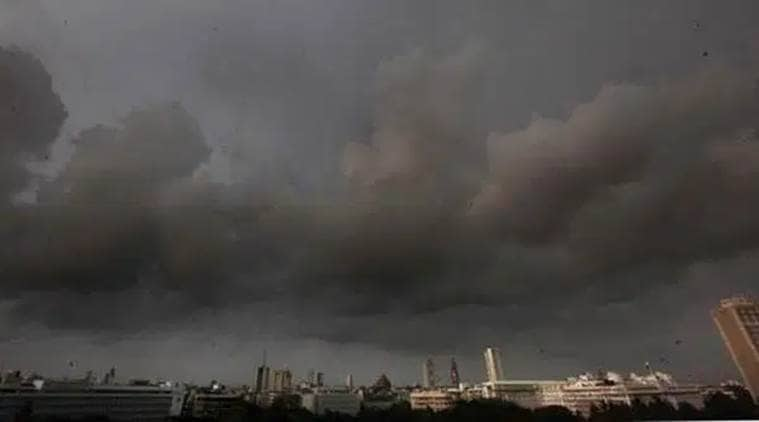 The data, released Friday, was generated by continuous ambient air quality monitoring (CAAQM) network and analysed with 10 stations for Mumbai. (Representational Photo)
The data, released Friday, was generated by continuous ambient air quality monitoring (CAAQM) network and analysed with 10 stations for Mumbai. (Representational Photo)
With vehicles off the city roads and most industries shut for over a month due to the coronavirus-induced lockdown, the air quality in Mumbai has improved significantly .
A study, ‘Impact of Lockdown (March 25 to April 19) on Air Quality’, undertaken by the Central Pollution Control Board (CPCB) shows a sharp decrease of 77 per cent in nitrogen dioxide (NO2) levels and 59 per cent drop in average benzene (a hydrocarbon, C6H6) level during the lockdown period as compared to the weeks preceding it.
The data, released Friday, was generated by continuous ambient air quality monitoring (CAAQM) network and analysed with 10 stations for Mumbai.
The major sources of anthropogenic emissions of NO2 are combustion processes like heating, power generation, and engines in vehicles and ships.
The study has compared hourly pollutant concentration in pre-lockdown period with during the lockdown. The peak hourly value of NO2 during the pre-lockdown period was almost five times the peak value observed during the lockdown period. A similar trend was observed for carbon dioxide (CO2) with 61 per cent reduction in peak hourly values during the lockdown period, underscoring the absence of vehicular emissions.
In Mumbai, the Chembur-Trombay and Deonar areas, which have power plants, several petroleum refineries and a fertiliser factory, are considered hotspot for high NO2 levels. Lowest 24-hour average of NO2 levels during the lockdown period was 5 µg/m3 (micrograms per cubic meter air).
A drop in concentration of PM 2.5, (which is used to calculate air quality index) was also observed — there was a 40 per cent reduction in PM 2.5 and 43 per cent reduction in PM10 (atmospheric particulate matter that have a diametre of less than 10 micrometers). Average sulphur dioxide (SO2) levels also decreased by 33 per cent during the lockdown.